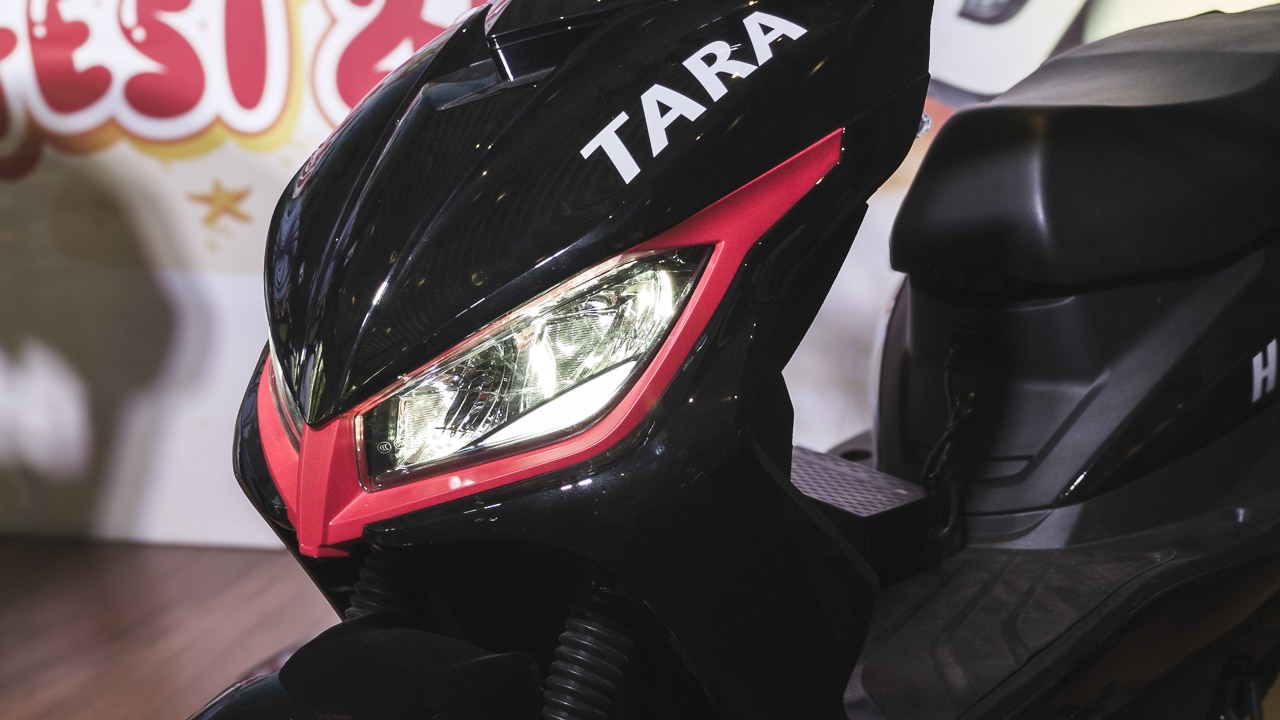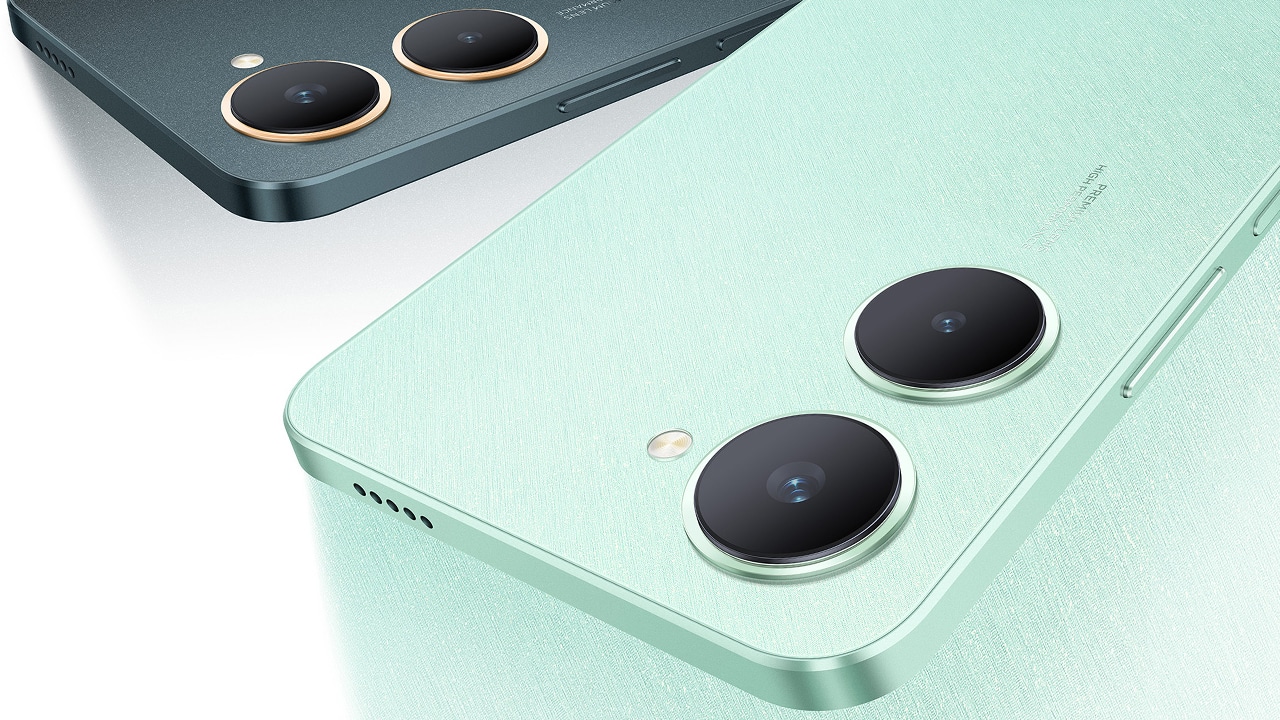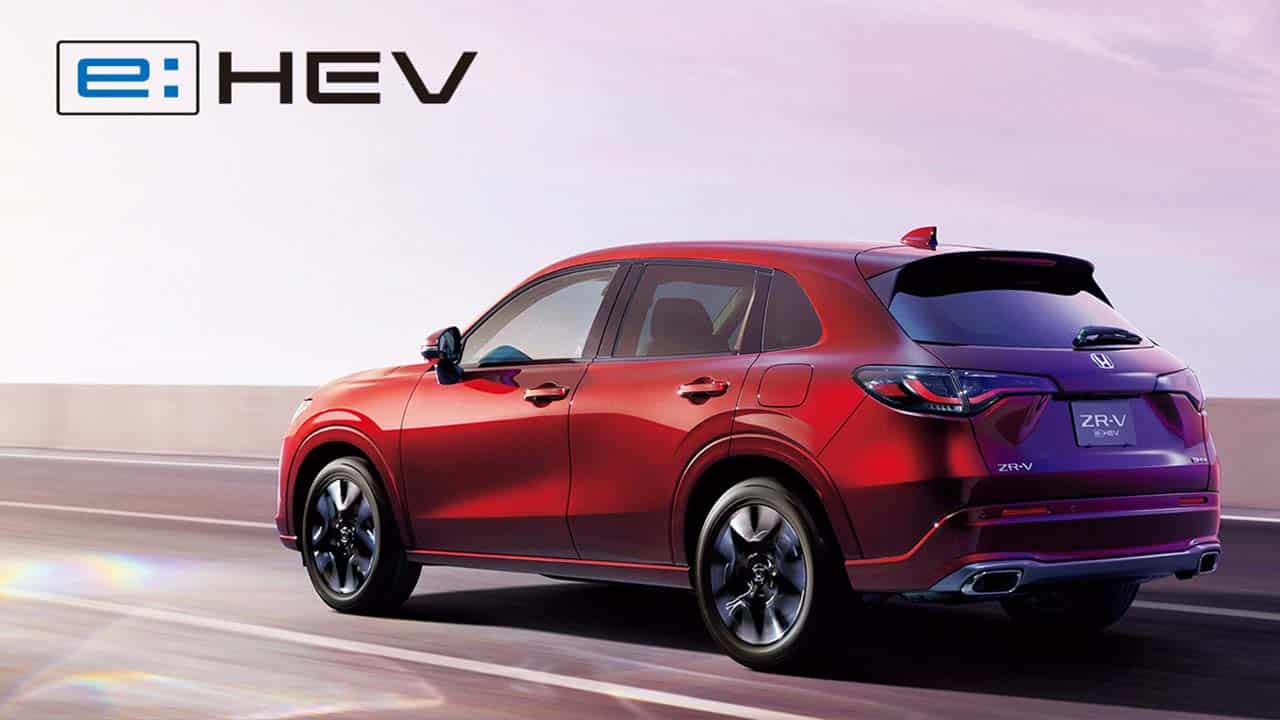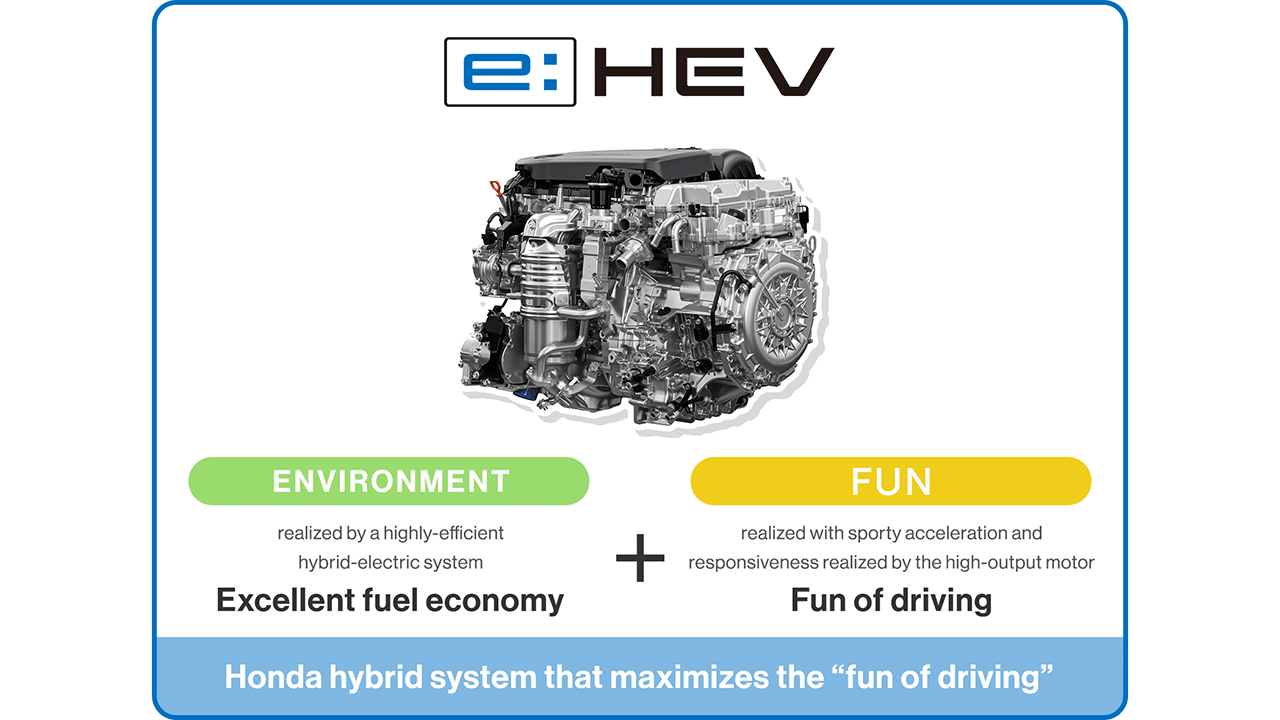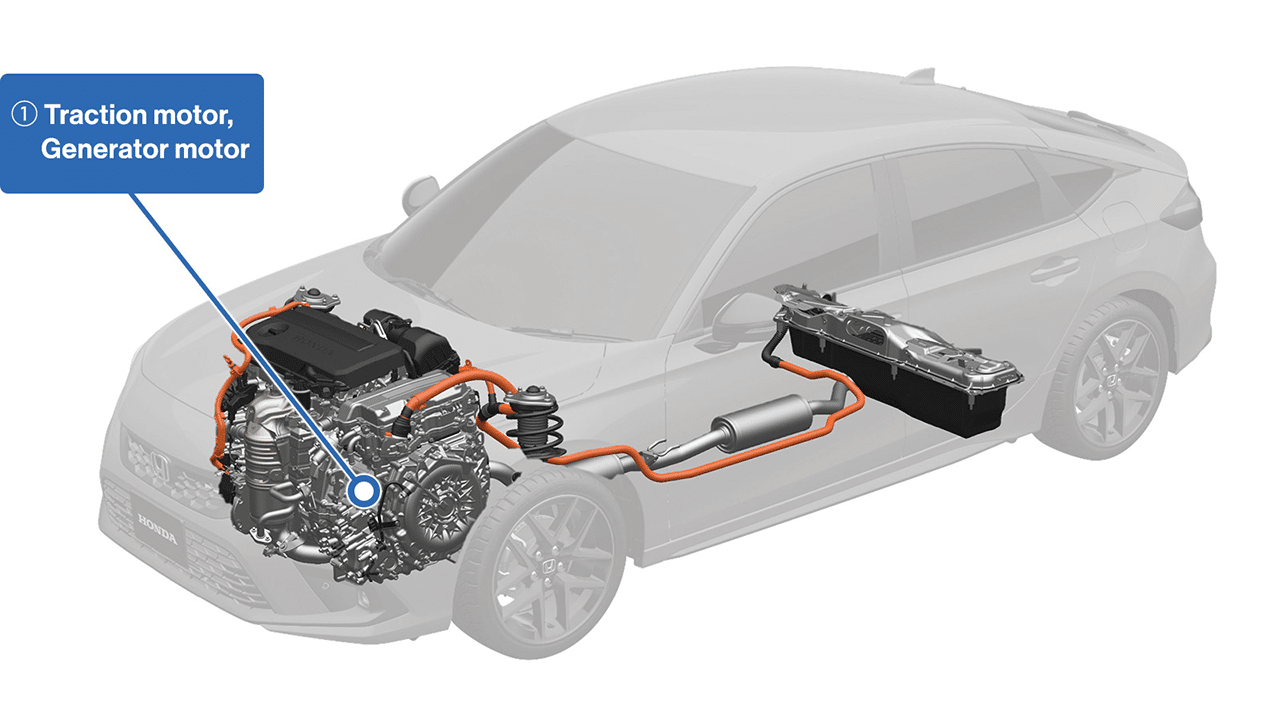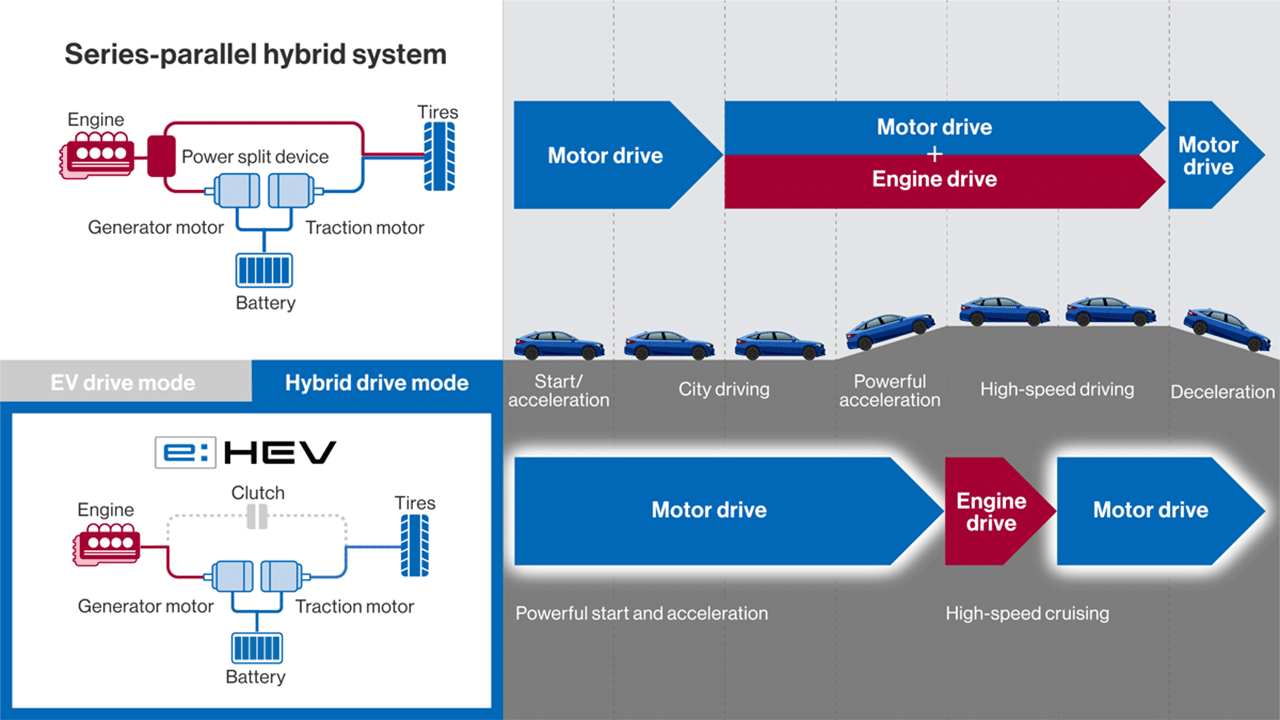Toyota Motor Philippines (TMP) has completed the local rounds of the 2023 season of its TOYOTA GAZOO Racing Gran Turismo Cup (TGR GT Cup) with the broadcast of the third and final local round last August 4.
The successful qualifiers for the National Finals will then face each other in a live e-racing battle to happen at the Quirino Grandstand in Manila on August 24 during the TOYOTA GAZOO Racing Festival (TGR Festival).

E-racers who participated in the third and final round got behind the wheel of the virtual Toyota GR010 Hybrid on the Nürburgring GP track.
The GR010 Hybrid proved to be a challenging car for the e-racers with its powerful four-wheel-drive racing hybrid powertrain.
Meanwhile, the Nürburgring GP offered broadcast viewers stunning views of the real-life track in Germany through the crisp visuals of the Gran Turismo 7 game.

David Enzo Ison once again conquered the Junior Class, coming out on top for the third round in a row. Russo Gabriel Formoso and Satoshi Jacobo Taguchi Paredes followed behind in second and third place, respectively. In the Promotional Class, Stanley Theodore Golez emerged as champion, with Jan Rene Cortez Aldiosa in second and Benedict Salido in third. Russel Reyes defended his first-place finish in the Sporting Class, with Jether Lugo Miole coming in second and Matthew Spencer Ang in third.
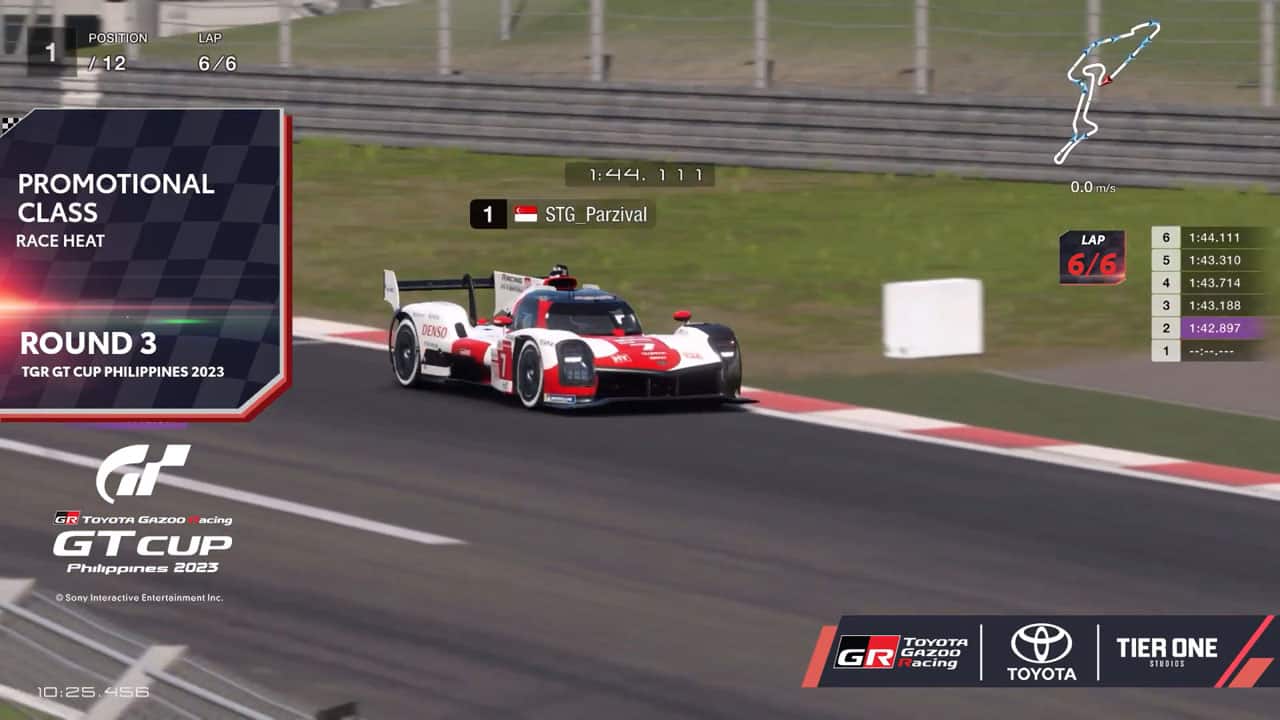
With the culmination of the local rounds, the Top 8 Sporting Class e-racers who will be competing at the National Finals were determined. Based on overall points from the three local rounds, the players who will be racing for a chance to represent the Philippines at the Asia Regional are:
- Russel Reyes
- Jether Miole
- Matthew Ang
- Mark Elman
- Luis Moreno
- Topher Tejada
- Estefano Rivera
- Bob Villangca
The winners of the National Finals will represent the Philippines in the Asia Regional happening in Kuala Lumpur, Malaysia.
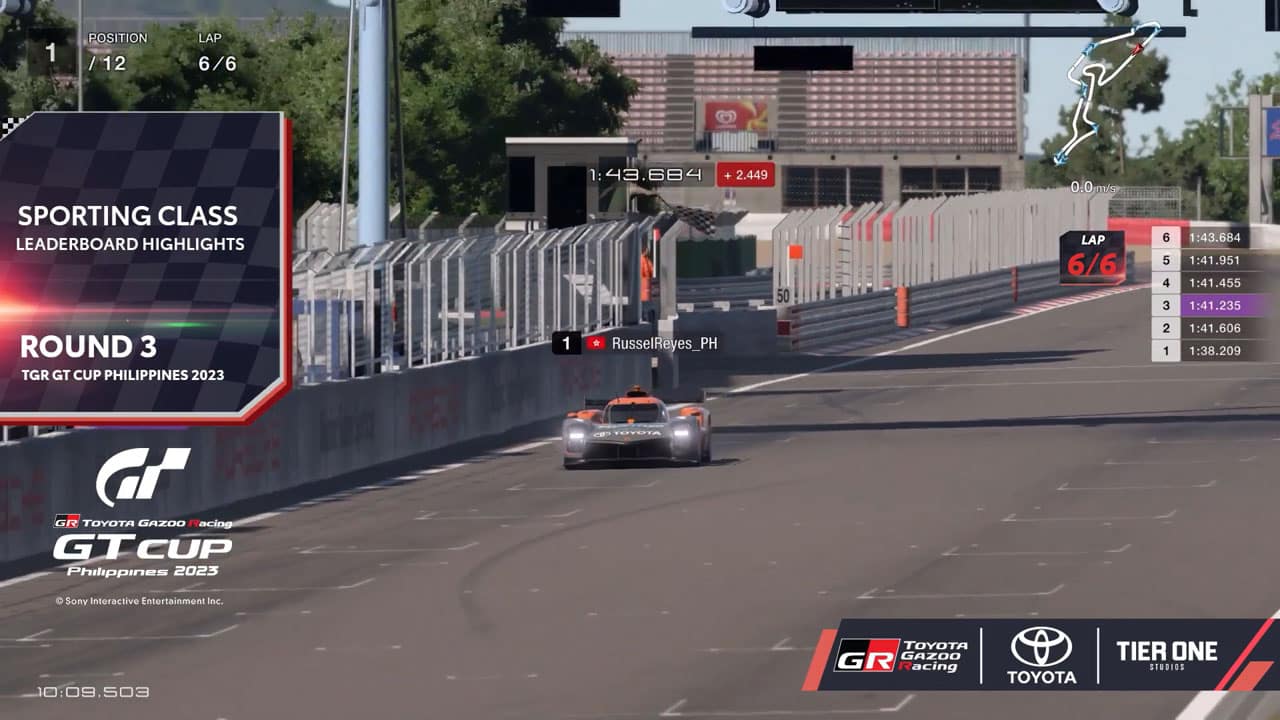
E-motorsports fans can cheer for their favorite e-racers live at the National Finals at the Quirino Grandstand. Aside from witnessing the exciting sim racing battle, they can also watch drifting and gymkhana exhibitions by international and local pro drivers and experience exhilarating entertainment from guest bands.



